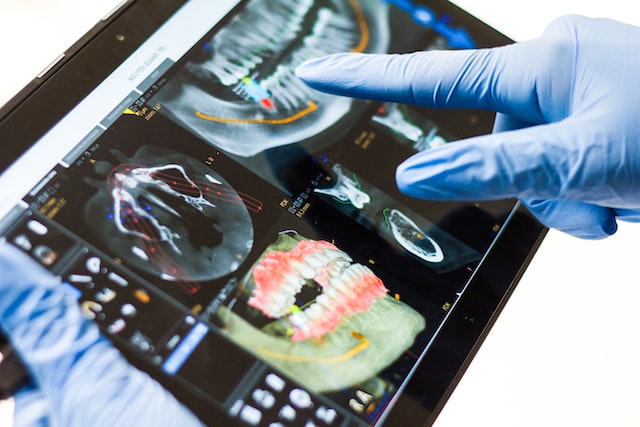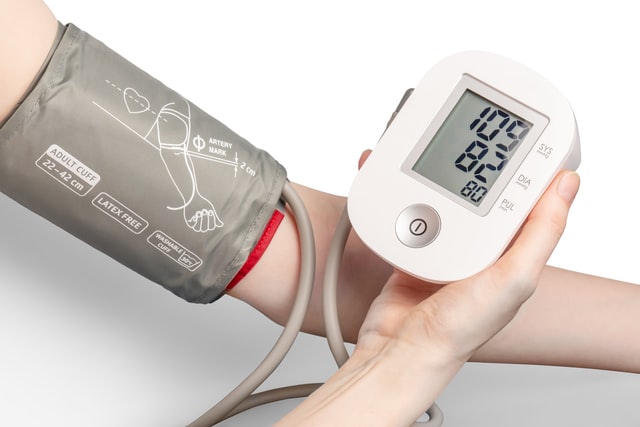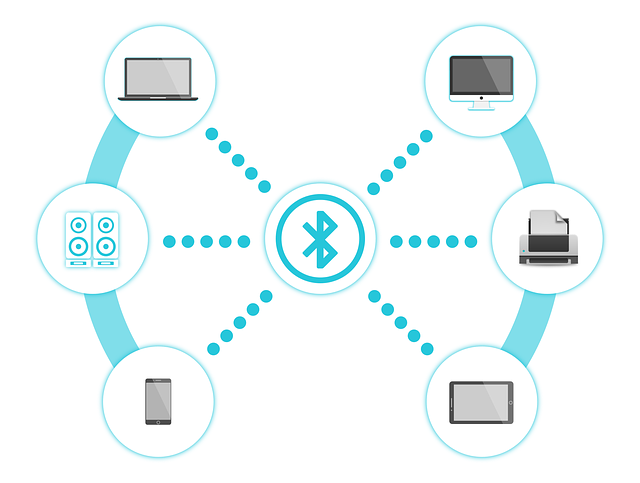Cache Memory: What Is It and What Does It Do?
Cache memory is a high-speed memory cache that stores recently accessed data so that it can be quickly retrieved the next time it is needed. By storing frequently accessed data in cache memory, we can speed up the overall performance of our system. So, what exactly does cache memory do and how does it work? Let’s take a closer look.
What Is Cache Memory, And What Does It Do?
Cache memory is an essential component of a computer system that allows for much faster access to commonly used operations and data. It is a type of memory that sits between the central processing unit (CPU) and main memory, or RAM, within a computer system. Cache memory stores copies of frequently accessed instructions or data from main memory in order to increase the speed with which they can be accessed.
In other words, it acts as a buffer between the CPU and main memory by adding an additional layer of quick-access storage; thus making the overall function of the computer much quicker. Depending on the technology employed, cache memory can also be protected against power loss so that any stored information will not be lost. Ultimately, cache enables computers to process complex data quickly and efficiently.
How Does Cache Memory Work?
Cache memory is a form of computer memory that enables fast access to often-used data, allowing applications and programs to load and process information rapidly. It is identified as a necessary component for supporting high-speed operation.
Cache memory works by taking frequently requested data from its main memory storage and keeping it closer at hand in order to reduce the back-and-forth exchange of data between the processor and main memory.
This helps reduce wait times and increases speed, allowing processors to run smoother, faster, and more efficiently. By storing data closer to the processor, the speed with which it can obtain information greatly increases, thus shortening the overall response time when tasks are performed.
What Are The Benefits of Using Cache Memory In Your Computer System?
Cache memory is an incredibly valuable asset to any computer system. This type of memory provides instantaneous access to the data that the processor uses most often, enabling faster speeds and a stronger general performance level from your device.
Additionally, because cached memory allows more frequent data access during computational processes and tasks, it takes less energy to run this data retrieval than if you were relying on main memory or other storage sites. Ultimately, cache memory is beneficial as it allows quick and efficient access to critical data points while still managing to conserve energy—making it an incredibly useful tool in any computing environment.
How Can You Improve The Performance of Your Cache Memory System?
Improving the performance of your cache memory system can be achieved with the best mini PC technology. By investing in high-quality and modern hardware, you can ensure that your cache memory system is running at its best. Furthermore, upgrading to faster storage, such as an SSD or an NVMe drive, could also help significantly improve overall performance and should not be overlooked when trying to optimize your cache memory.
Additionally, making sure you always run the latest version of your operating system can ensure that you’re taking advantage of any tweaks and bug fixes that can potentially reduce latency and put less strain on your CPU. Last but certainly not least, clearing out unwanted temporary files regularly is also a great way to get the best possible performance from your computing resources.
Are There Any Drawbacks to Using Cache Memory In Your Computer System?
While using cache memory can be a great way to speed up the operation of your computer system, it also has some drawbacks that must be taken into account. Cache memory is limited in size, so you can’t store large amounts of data in it. Another limitation is that cache memory is volatile, meaning if power is lost or turned off, it will be reset, thus losing any data stored in it.
This can potentially cause problems for applications that require the data previously stored in cache memory. Additionally, accessing cached data can take longer than obtaining it directly from main memory or storage media, which could result in slower performance for your computer system. All these factors must be weighed when deciding whether to use cache memory for a particular application or task.
Cache memory is an important part of your computer system that can help improve performance. By understanding how cache memory works and the benefits and drawbacks of using it, you can make informed decisions about whether or not to use cache memory in your own computer system.







